Your Cheat Sheet To Choosing The Right Runner
There are several reasons we adore runners. The practical: they reduce echoes and unnecessary noise in the home while protecting floors. And then, there are the purely aesthetic benefits: they make rooms appear more spacious, provide character and colour to typically neglected spaces, and help interiors feel whole. But how can you choose the ideal runner for you? Here, we'll share all of our insider knowledge, from picking the finest material to determining the ideal runner size.
Ideal Spaces For Runners

The first question that strikes us after seeing a runner is where would I place it? The obvious solutions, such as the entryway, dining, and hallway, are probably recognisable to you. However, the reality is that you can use a runner to divide a room into smaller sections or to make a walkway in an open layout.
In addition, runners look great in bedrooms when positioned across twin beds, at the foot of a bed. They can also be laid directly onto the floor or on top of an older rug or carpet. They make excellent upgrades to small multipurpose rooms like washing areas, kitchens, and closets. They are also an ideal addition to the top of the bathroom tiles.
Choosing a Runner Size

Runners are available in a variety of sizes. The majority of guides advise leaving six inches of room on all four sides around your runner. However, as most pre-made runners are somewhere between two and three feet wide, selecting the appropriate width is typically not a concern. And it's okay! We advise making sure the runner is centred and therefore not running too near to the walls.
While you may be liberal with your runner's length, we advise adopting the six-inch guideline from above as a starting point. Generally speaking, you want to have the runner be as long as it can be to assist prolong the space it is in. However, keep in mind that the runner shouldn't be flat with the wall since this would make the room appear confined and narrow.
Try an accent rug (3 x 5 ft or 4 x 6 ft) if you are unable to find a runner that fits your room. Accent rugs can fill out a space better than a slender runner would and perform notably well in compact dimensions that are just not nearly as lengthy, such as launder and hallways.
Choosing a Runner's Material
Once you've determined the ideal size, you'll need to consider which material is best for your space. Wool, polyesters, jute, and cotton are among the tough fabrics that are most suited for high-traffic areas. You have slightly more leeway with material choices in areas that are not quite as busy.
Additional considerations
Think about doors. Be sure to consider doors or other characteristics in the area when selecting the size and material of the runner. If a door opens onto your runner, either go with a shorter length that will fall short of the doorway or select a rug quality that is thin enough for the door to pass.
Lastly, take a look at the spaces near the runner. You don't have to worry about everything matching up exactly from space to space. However, because runners are frequently found in transitional places, such as lounges and entrances, it's crucial to pick one that doesn't feel overly disconnected from the areas it leads to.





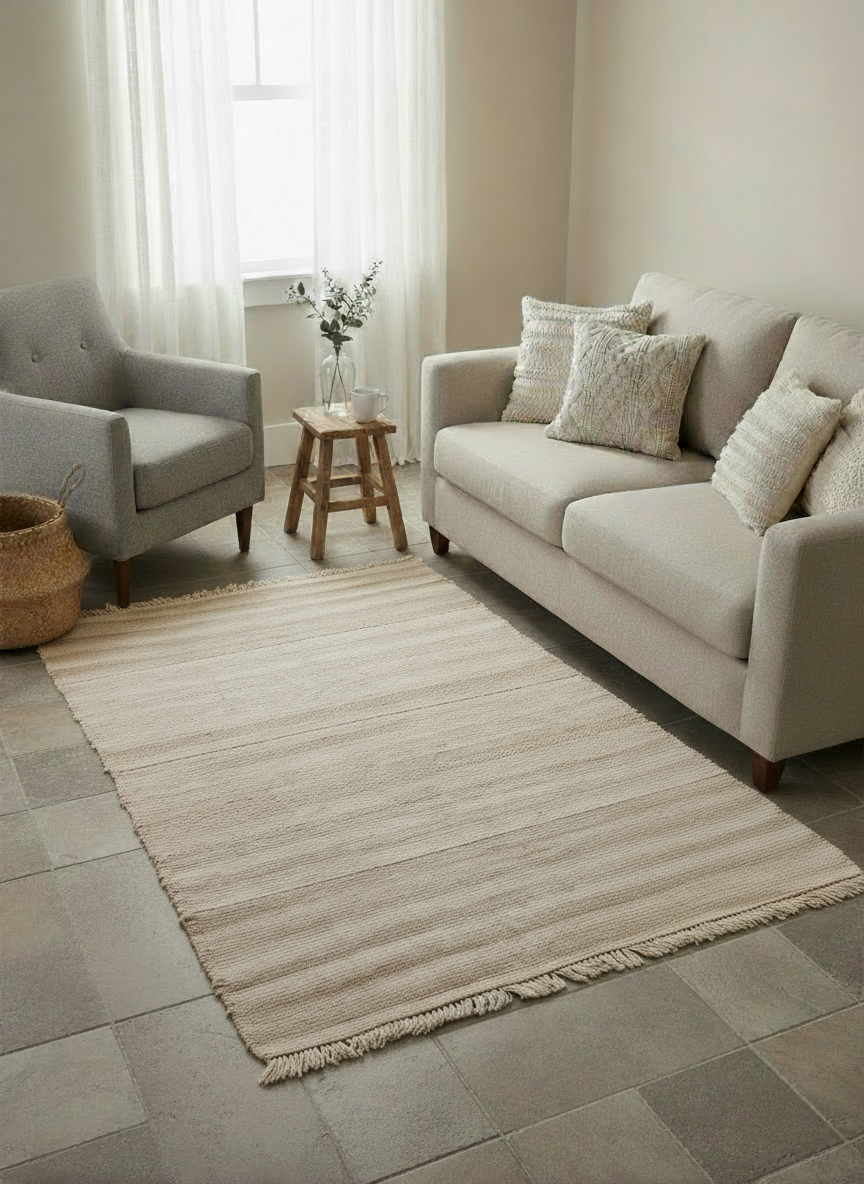
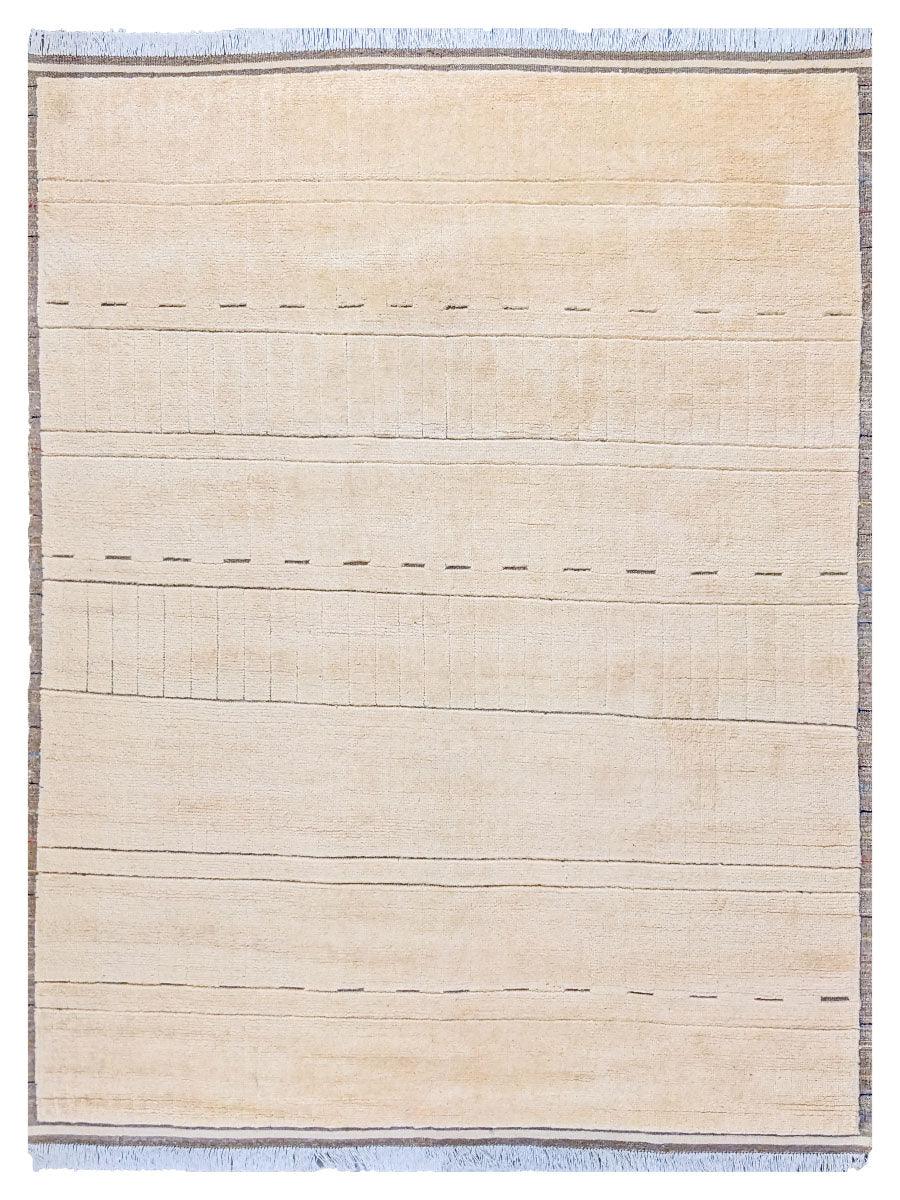
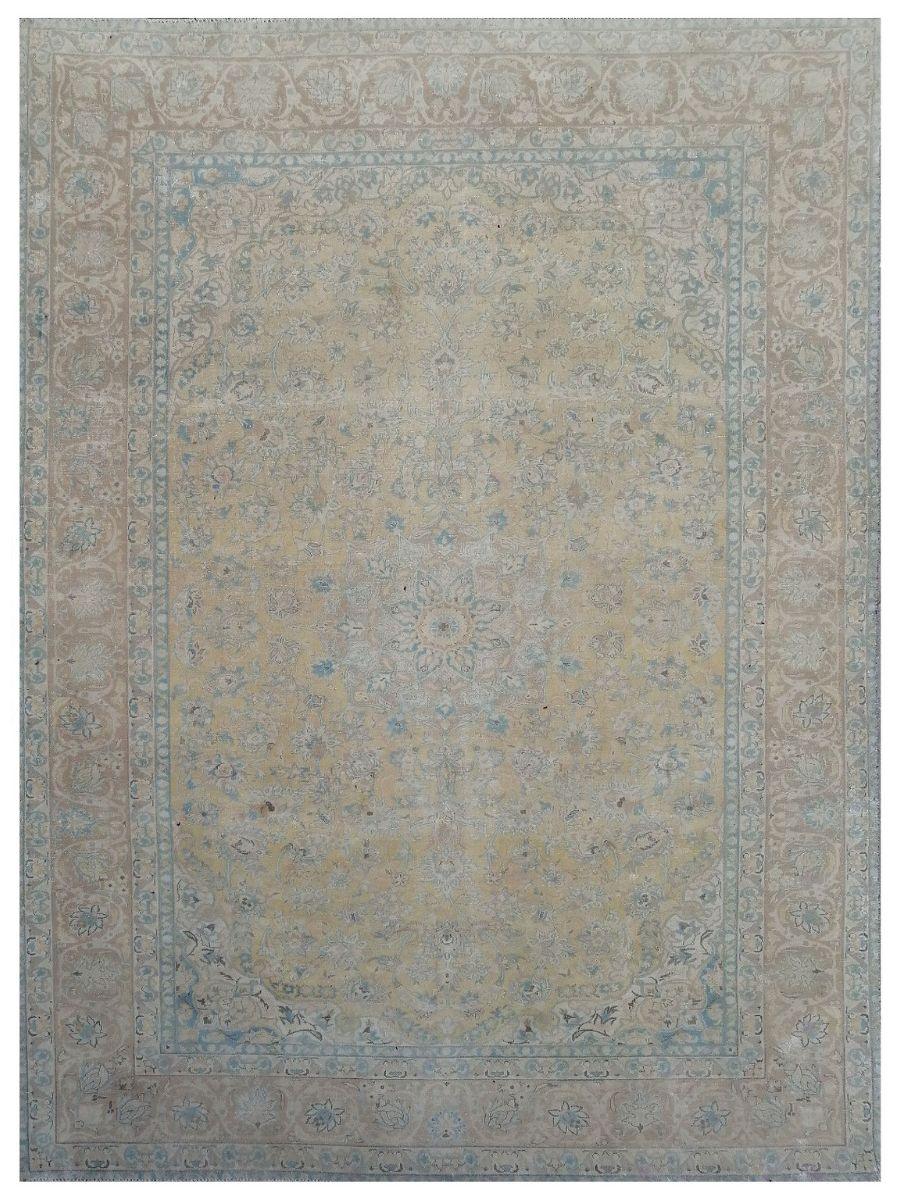




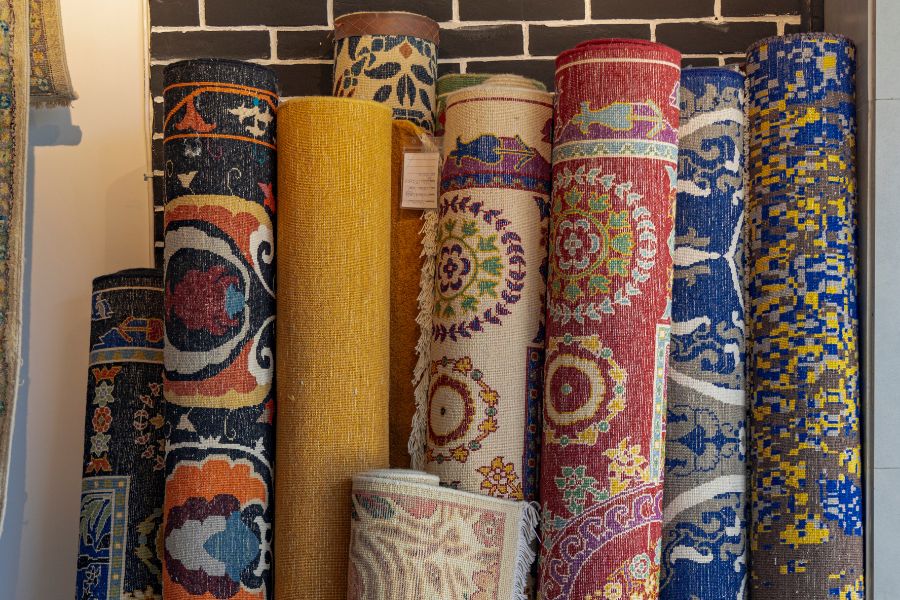

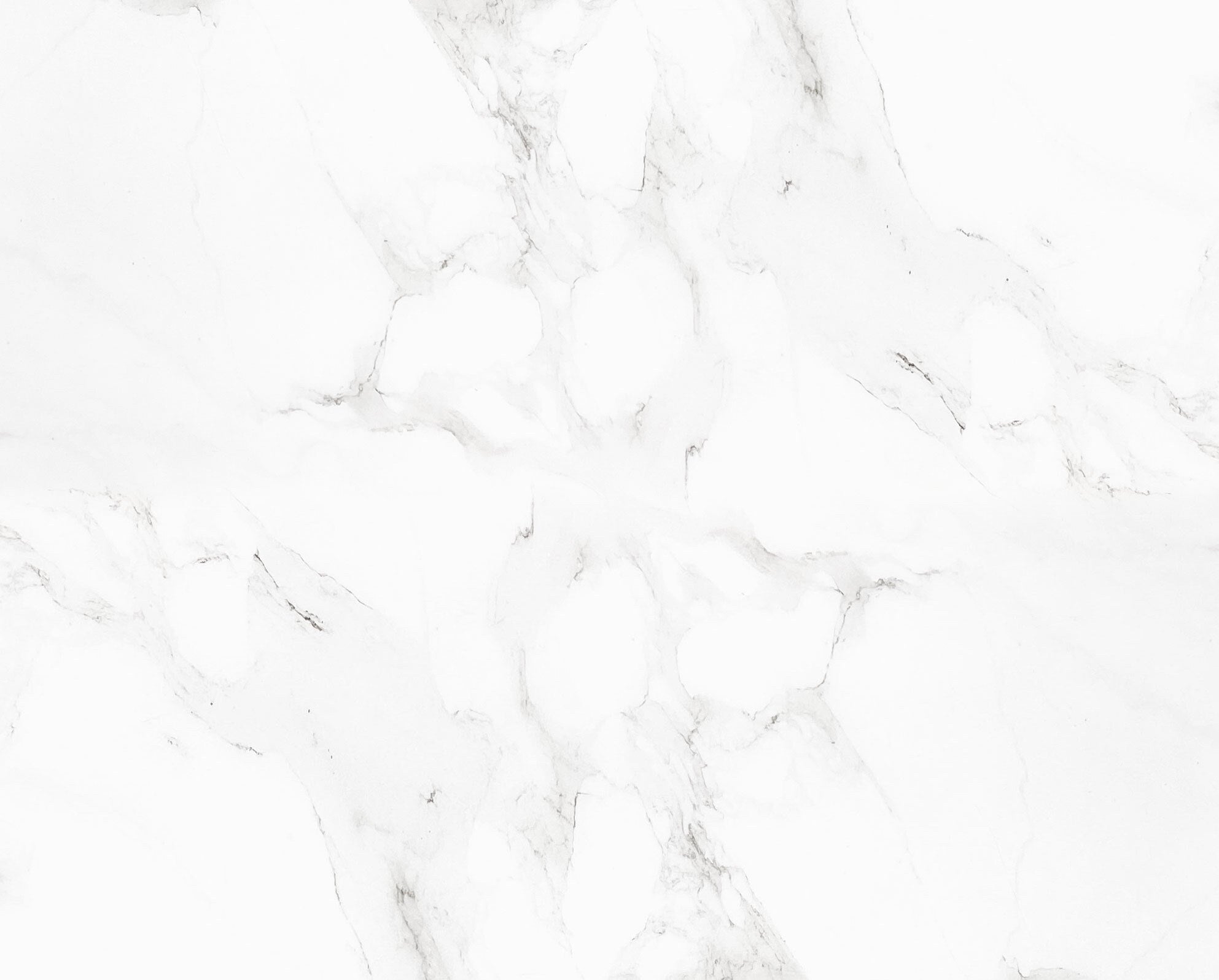
Leave a comment